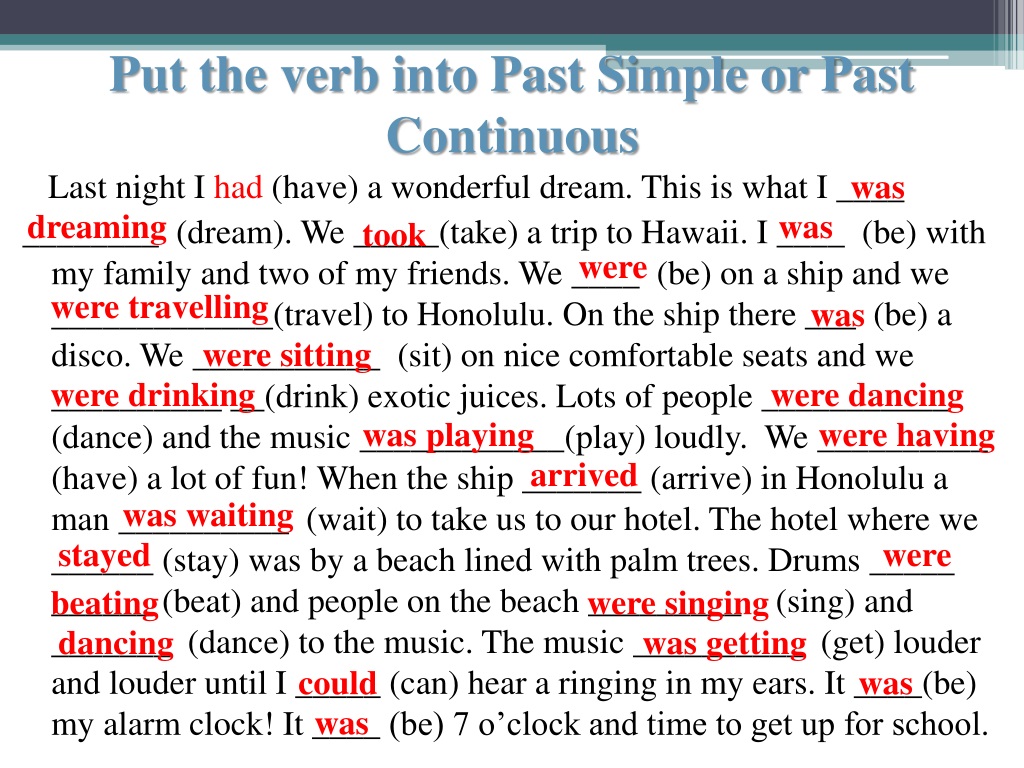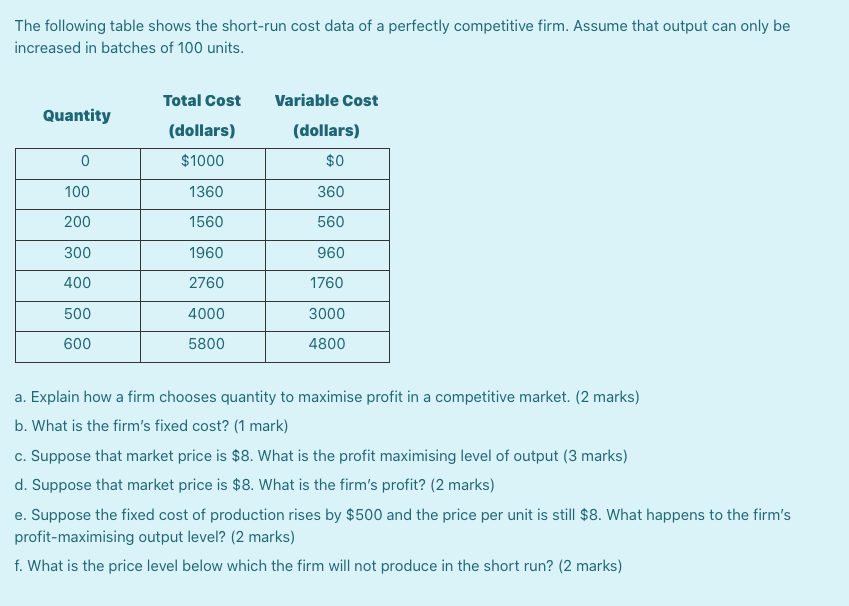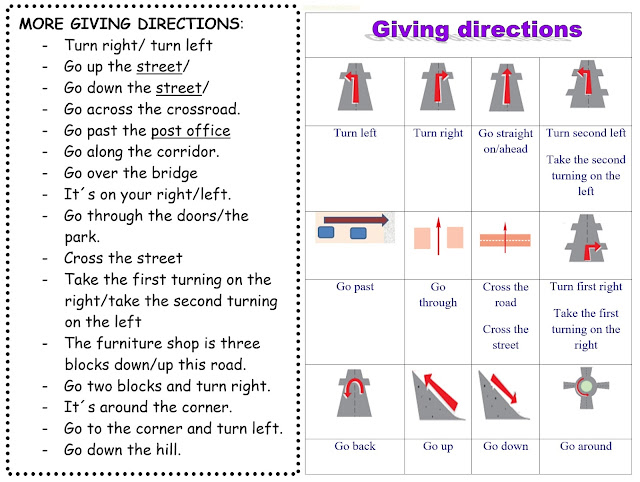Understanding high mileage and high hours on ATVs and UTVs is crucial to buying or selling a used vehicle. There isn’t an easy answer, so read this post to prepare yourself for a great purchase.
Like cars, ATVs that have been driven more miles have seen more action and have less life left in them, but ATVs and UTVs differ from cars in that you need to know the hours as well as mileage.
The ratio of miles to hours can indicate how the previous owner rode their vehicle, so you need to notice both numbers and compare them. If the ATV has high mileage but a small number of hours, they probably rode very fast and maybe recklessly. You would need to ask them about that. If the ATV has low mileage and many hours, this ATV was probably used for hauling or in tough terrain where their speed had to remain low. How bad that is depends on well the vehicle was maintained.
15 miles to 1 hours is the ideal hours to miles ratio on ATVs.
Truthfully, the most important thing you need to know is how the ATV or UTV was ridden and how it was cared for.
ATVs are intended to last 10 years or 10,000 miles. If they’re well cared for, they might last longer.
How long an ATV actually lasts varies greatly depending on the quality of the vehicle, the way it was ridden, and how it was maintained.
Some are useless after 100 hours, because they were a cheap brand and/or the owner abused or neglected the vehicle. Some can withstand harsh, truly harsh environments.
For hardcore riding, don't forget about your own safety and comfort. Opt for specialized ATV/UTV breathable waders. Multi-layer membrane fabric, extra reinforcement in high-stress areas and dirt-repellent coating are a perfect combo for off-road hazards.
If you’re buying a used ATV, look for brand names you recognize and know are respected. This won’t answer all of your questions because someone can still run a great vehicle into the ground, but it is a crucial indicator of the original quality and expected life span of the vehicle.
This won’t answer all of your questions because someone can still run a great vehicle into the ground, but it is a crucial indicator of the original quality and expected life span of the vehicle.
This is the most important factor in the life of an ATV or UTV.
Previous owners have to have kept up with recommended service intervals, cleaned the ATV after every ride or weekend of riding, and made all necessary repairs.
Light trail riding, light to moderate farm use, and hunting, camping, or fishing trips fall in the light hours category. This puts little strain on the vehicle, so it will last a longer period of time.
Deep mudding, water use, higher than average speeds, rock climbing, and extreme hauling are hard hours that wear a vehicle out fast. It’s great fun while you’re doing it, but no one should expect these machines to last their full lifespan or to get top prices when they try to sell them.
Proper or improper storage impacts the life of the vehicle. It needs to have been stored indoors and protected from light, pests, and moisture. The area should also have been well-ventilated.
It needs to have been stored indoors and protected from light, pests, and moisture. The area should also have been well-ventilated.
When storing the ATV, the owner should also have been mindful of fluids, tire pressure, and battery tending.
As cool as modifications are, they put a strain on the machine and decrease its lifespan. Take this into consideration when determining the price of a used ATV or deciding whether to purchase it. You should also make sure any modifications were installed correctly.
Thinking strictly of ATV mileage range and hours, 500 or fewer hours is ideal. 5,000 and up is considered high miles for ATVs and UTVs.
But don’t just go for the vehicle with the fewest miles. Consider the age of the vehicle. If someone has owned an ATV and clearly rarely ridden it, it’s unlikely that it’s in great shape after spending that much time in storage. Alternatively, it could tip you off that they’re lying.
Follow this plan.
First, ask the owner to make sure not to have the engine running when you arrive and/or notice whether it’s running when you arrive. This is a common tactic to hide that an engine doesn’t want to start.
Next, ask the owner questions about their use of the vehicle, maintenance done on the vehicle, and storage. Consider whether they seem trustworthy.
Ask to inspect the ATV or UTV, and test drive the vehicle.
No reputable seller should mind you taking any of these steps.
Once you know the hours, mileage, and the way the machine’s been cared for, think of the price. If you have the money and the ATV with fewer miles and hours seems like it’s been well cared for, go ahead and pay what seems reasonable. But don’t necessarily rule out buying a high mileage four-wheeler or one that’s done a lot of hours. A properly cared for quality brand of ATV might still be a worthwhile purchase, if it fits those criteria and you don’t spend much on it.
Consider how much is being asked and compare your budget and the likelihood of repairs or replacing it. You can get the best possible deal on a machine needs that some love by buying a salvage ATV. You can expect to probably need to invest in repairs and replacement in the future, but you won’t spend much on it so you can better afford the maintenance and repairs.
Routinely grease the ATV or UTV to protect it from water, dirt, mud, and more.
Clean the ATV or UTV regularly. This means you wash all mud, dirt, and bug parts off of the frame, clean the radiator, and maintain the filters.
Stick to maintenance schedules like your oil and coolant changes.
Make sure you adhere to proper storage procedures.
ENDURO Graphite
the most durable
279 EUR
ENDURO Camogrey
the most durable
279 EUR
-30%
SPEEDMASTER-ZIP Camolightgrey
with central zipper
419 EUR
293. 30 EUR
30 EUR
SPEEDMASTER-ZIP Camoarmy
with central zipper
479 EUR
NEW
SPEEDMASTER Camoarmy
the most advanced
319 EUR
NEW
SPEEDMASTER Camoarctic
the most advanced
319 EUR
HIT
AQUAMASTER Blue
reliability & comfort
299 EUR
HIT
AQUAMASTER Red
reliability & comfort
299 EUR
NEW
SPEEDMASTER Camolightgrey
the most advanced
299 EUR
SPEEDMASTER-ZIP Graphite
with central zipper
479 EUR
Explore all
Select a country
United States | Canada | Germany | Lithuania | Latvia | Estonia
Afghanistan
Albania
Algeria
Andorra
Angola
Anguilla
Antarctica
Antigua and Barbuda
Argentina
Armenia
Aruba
Australia
Austria
Azerbaijan
show more
Bahamas
Bahrain
Bangladesh
Barbados
Belarus
Belgium
Belize
Benin
Bermuda
Bhutan
Bolivia
Bosnia and Herzegowina
Botswana
Bouvet Island
Brazil
British Indian Ocean Territory
British Virgin Islands
Brunei Darussalam
Bulgaria
Burkina Faso
Burundi
show more
Cambodia
Cameroon
Canada
Cape Verde
Cayman Islands
Central African Republic
Chad
Chile
China
Christmas Island
Cocos Islands
Colombia
Comoros
Congo
Cook Islands
Costa Rica
Cote D'ivoire
Croatia
Cuba
Cyprus
Czechia
show more
Denmark
Djibouti
Dominica
Dominican Republic
East Timor
Ecuador
Egypt
El Salvador
Equatorial Guinea
Eritrea
Estonia
Ethiopia
show more
Faeroe Islands
Falkland Islands
Fiji
Finland
France
French Antarctic
French Guiana
French Polynesia
show more
Gabon
Gambia
Georgia
Germany
Ghana
Gibraltar
Greece
Greenland
Grenada
Guadeloupe
Guatemala
Guinea
Guinea-bissau
Guyana
show more
Haiti
Heard and McDonald Islands
Honduras
Hong Kong
Hungary
Iceland
India
Indonesia
Iran
Iraq
Ireland
Israel
Italy
show more
Jamaica
Japan
Jordan
Kazakhstan
Kenya
Kiribati
Korea (North)
Korea (South)
Kuwait
Kyrgyzstan
show more
Laos
Latvia
Lebanon
Lesotho
Liberia
Libya
Liechtenstein
Lithuania
Luxembourg
show more
Macau
Macedonia
Madagascar
Malawi
Malaysia
Maldives
Mali
Malta
Marshall Islands
Martinique
Mauritania
Mauritius
Mayotte
Mexico
Micronesia
Moldova
Monaco
Mongolia
Montenegro
Montserrat
Morocco
Mozambique
Myanmar
show more
Namibia
Nauru
Nepal
Netherlands
Netherlands Antilles
New Caledonia
New Zealand
Nicaragua
Niger
Nigeria
Niue
Norfolk Island
Norway
show more
Pakistan
Palau
Palestine
Panama
Papua New Guinea
Paraguay
Peru
Philippines
Pitcairn Islands
Poland
Portugal
Puerto Rico
show more
Reunion
Romania
Russia
Rwanda
Saint Helena
Saint Kitts and Nevis
Saint Lucia
Saint Vincent and the Grenadines
Saint-Pierre and Miquelon
Samoa
San Marino
Saudi Arabia
Senegal
Serbia
Seychelles
Sierra Leone
Singapore
Slovakia
Slovenia
Solomon Islands
Somalia
South African Republic
South Georgia and the South Sandwich Islands
Spain
Sri Lanka
Sudan
Suriname
Svalbard and Jan Mayen Islands
Swaziland
Sweden
Switzerland
Syria
show more
Taiwan
Tajikistan
Tanzania
Thailand
Togo
Tokelau
Tonga
Trinidad and Tobago
Tunisia
Turkey
Turkmenistan
Turks Caicos Islands
Tuvalu
show more
U. S. Virgin Islands
S. Virgin Islands
United States
Uganda
Ukraine
United Arab Emirates
United Kingdom
Uruguay
Uzbekistan
show more
Vanuatu
Vatican City
Venezuela
Viet Nam
Wallis and Futuna Islands
Western Sahara
Zaire
Zambia
Zimbabwe
{{#DETAIL_PAGE_URL}} {{SECTION_NAME}} {{NAME}} {{/DETAIL_PAGE_URL}}
Color: {{COLOR}}
{{#IS_SIZE}} Size: {{{SIZE}}} {{/IS_SIZE}}
Quantity:
Only {{AVAILABLE_QUANTITY}} left
{{#SHOW_DISCOUNT_PRICE}}
{{{SUM_FULL_PRICE_FORMATED}}}
{{/SHOW_DISCOUNT_PRICE}}
{{{SUM_PRICE_FORMATED}}}
{{/GIFT}} {{#GIFT}}
{{/GIFT}} {{/EMPTY_BASKET}} {{#EMPTY_BASKET}}
Your basket is empty
{{/EMPTY_BASKET}}
{{/FREE_SHIPPING}} {{#FREE_SHIPPING}}Free shipping available
{{/FREE_SHIPPING}}{{^FREE_SHIPPING}}
{{{FREE_SHIPPING_PERCENT}}}%
{{/FREE_SHIPPING}}
{{{FREE_SHIPPING_PRICE}}}
CHECKOUT {{{PRICE_FORMATED}}}
{{/EMPTY_BASKET}} {{#EMPTY_BASKET}} {{/EMPTY_BASKET}}Continue shopping
Your cart:
Your basket is empty
Chain Maintenance
A ATV chain on a chain drive is one of the most important elements that needs to be groomed and cherished and thoroughly cleaned. At the same time, you need to do this regularly, then your ATV will serve you much longer. Lubricate the chain only after you clean it, otherwise the grease mixed with dirt will interfere with the operation of the system.
At the same time, you need to do this regularly, then your ATV will serve you much longer. Lubricate the chain only after you clean it, otherwise the grease mixed with dirt will interfere with the operation of the system.
When it comes time to change the chain, change it along with the sprockets, because putting a new chain on the old sprockets will kill it very quickly. When changing the chain, pay attention to what kind of chain you need - they exist in two types - standard and o-shaped, and you cannot replace one with the other, so choose the one that fits your ATV, you can read about it in the user manual.
Cleaning the Carburetor
Kazuma ATVs require periodic cleaning of all important parts, and you can do some of this work yourself. A clean carburetor is the key to the proper operation of the entire ATV engine, so do not put it off indefinitely. First, unscrew all the fasteners that secure the carburetor and remove it from the ATV. Don't forget to collect all the screws and nuts so you can reattach the carburetor.
Using a wrench, unscrew the bottom of the carburettor. Use a WD-40 type cleaner to treat all holes, then blow them out with a pump. Now you just have to fix the carburetor in place and connect all the necessary wires and hoses to it.
To make sure everything went smoothly, start the ATV, if it doesn't start, pull the throttle and keep trying until the ATV starts.
Changing the oil
Changing the oil and oil filters is an important part of ATV maintenance. If you are going to change the oil filter, why not change the oil in the quad bike as well? This is not difficult to do and you can easily cope with this task yourself, without resorting to the help of a mechanic.
Do not forget, of course, that ATVs can differ in design and it is best to study the process of changing the oil in the instructions for your ATV. There you will also find out how often it is worth changing the oil and how many kilometers the ATV can travel between oil changes and cleaning the oil filter.
In order not to run later, prepare all the tools you need for the job.
Find a spot for your ATV where you can easily turn around. Not in the sense of an ATV, but just approach him from all sides. It is better to change the oil with warm oil, so start it up and let the ATV warm up first. Remove the plastic that hides the filter and the oil fill hole. Locate the oil drain hole at the bottom of the ATV and, using a pan, drain the used oil.
While the oil is being drained, you can remove the oil filter. Before installing a new oil filter, thoroughly clean all surfaces that touch it from dirt. Lubricate the new filter with oil and put it in place, it remains only to tighten all the nuts that hold the filter and tighten them well with a wrench.
When the oil is completely drained, close the drain plug and discard the used oil. According to the rules, it should be disposed of in a specially designated place. Now pour the right amount of oil into the ATV, for this it is better to use a funnel so as not to pour everything around. Check that oil does not leak from the filter and from the bottom of the drain hole.
Check that oil does not leak from the filter and from the bottom of the drain hole.
Start the ATV and let it idle for a while. Let the ATV cool down a bit and check the oil level, if you don't have an oil gauge on the dashboard you can use a dipstick. Some of the oil has already been distributed throughout the ATV system, so you will have to top up a little. It remains to fix in place all the shields that were removed in order to get the filter.
Clean the air filter
A clogged and dirty air filter does not allow air to enter the engine in the right amount and the ATV cannot burn fuel with the required efficiency. But moving on dusty and dirty roads on our ATV, we pollute the air filter especially quickly. Therefore, you need to clean it more often.
It is not difficult to do this and it is absolutely not necessary to go to the workshop for this every time. Read the manual and find the air filter in your ATV. Usually it is located under the driver's seat, but there are exceptions to the rule.
Clean the area around the filter and its plastic cover. Remove the filter cover and, unscrewing the central nut, remove the filter. Do this carefully so as not to break the filter. Rinse it in warm water - any soap will do, rinse it until the water looks clear.
Replace the plastic support and install the filter on it. Close the cover and fasten the screws.
As you can see, ATV maintenance is often not difficult, while following the rules of care will save the ATV, significantly extend its service life until the first overhaul and save you from breakdowns on the road.
Suspension. Shock absorbers must be free of oil, and CV boots must be free of holes through which moisture can enter. To check the condition of the wheel bearings and hub bushings, you need to raise the ATV with a jack and shake the wheels vertically and horizontally - if there is play, one of these parts is worn out. Most often these are bearings. You also need to check all the suspension arms for play - perhaps ball bearings or silent blocks need to be replaced.
You also need to check all the suspension arms for play - perhaps ball bearings or silent blocks need to be replaced.
ATV with working shock absorbers lowers and rises evenly - when pressing on the rear or front, one of the sides should not sag.
Transmission. Gearboxes must be free of oil leaks and cracks. The oil in them can be checked by lowering a plastic clamp into the filler neck or unscrewing the drain bolts: it’s bad if the liquid is opaque, it contains chips or other foreign particles. To check the modes of operation of the transmission, you need to jack up the front of the ATV. When all-wheel drive is on, when turning the left wheel, the right wheel should rotate in the opposite direction, and vice versa. When the differential lock is engaged, both wheels rotate in the same direction. Transfers should be included without effort and crunch.
Engine. It must be free of oil. A serviceable motor starts in 2-3 seconds and works without a metallic rattle, an arbitrary increase and decrease in idle speed.
A bad sign - black oil or with foreign particles. Normally it is transparent.
A malfunction is also indicated by black, white or blue smoke from the exhaust pipe, as well as a burning smell. At idle, the exhaust gases of a serviceable ATV are almost transparent.
It is advisable to measure the compression in the cylinders - this will require a compression meter with adapters for different threads of the candles and knowledge of the normal compression value in the cylinders of a particular ATV model, taking into account the decompression meter.
Coolant . You need to check with a cold engine. The antifreeze level must be between the minimum mark "LOW" and the maximum "FULL". The liquid should not be cloudy. If there is sediment or dirty “flakes” under the radiator cap, the motor was poorly maintained and may have overheated.
Air filter . If there are oil stains on it, most likely the ATV turned over.
Electrical . It is necessary to check the operation of the parking lights, high and low beams, turn signals, alarms, horns, heating, winches. Error indicators - for example, an electric booster - should go out when the engine is started.
It is necessary to check the operation of the parking lights, high and low beams, turn signals, alarms, horns, heating, winches. Error indicators - for example, an electric booster - should go out when the engine is started.
Electric power steering . With the ATV running and jacked up, turn the steering wheel left, right, then center. With a working electric power steering, the steering wheel does not turn on its own.
Frame. Cracks, extensive corrosion, welding spots, stripped or fresh paint in the places where the suspension arms are attached, on the arms themselves and on the bottom of the frame - a reason to refuse to buy. Cracks or welding in the cargo platform area are not critical.
The difference in one or more bolts of the engine, variator or bridge, as well as traces of sealant on the crankcase connectors, indicates that the assembly was disassembled to fix the breakdown.
ATV in good condition does not pull to one side.